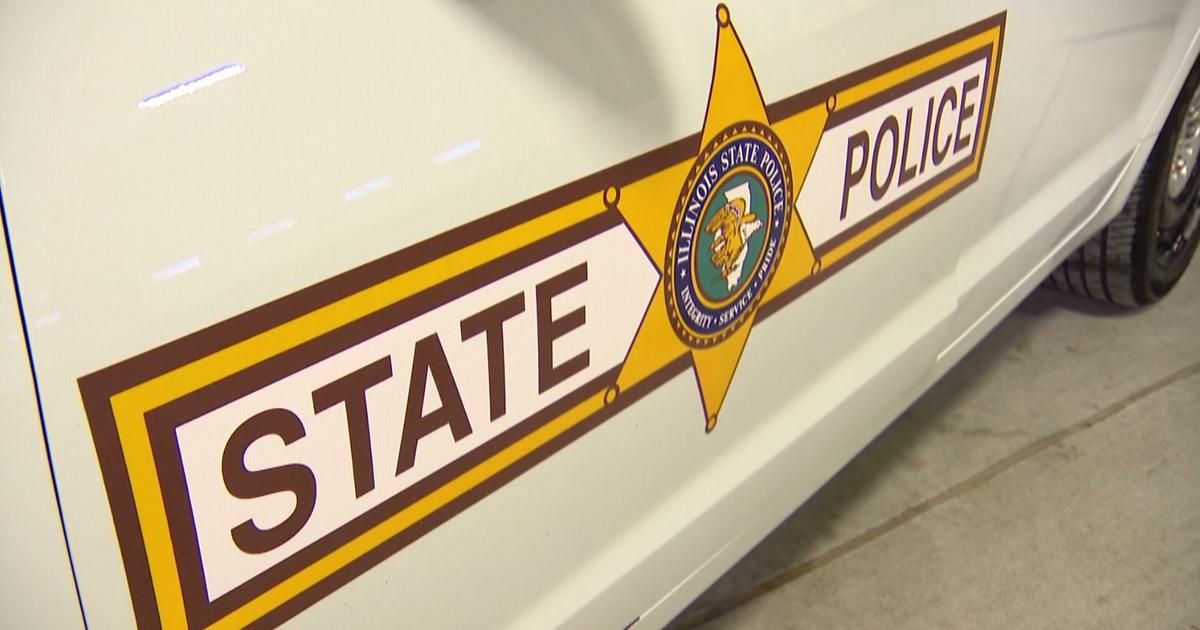Illinois Expert Predicts More "Chain Reaction" Disasters
CHICAGO (CBS) – With an onslaught of one major disaster after another, one expert suggests we rethink disaster preparedness by taking into account the worst case scenarios and the chain reactions that might follow.
"There's usually not just one disaster but there can be a chain reaction," says Susan Kieffer, author of the forthcoming book The Dynamics of Disaster. "We sometimes may not be prepared for all of those chain reactions because they are hard to anticipate scientifically let alone in the management aspect."
Kieffer is Professor Emerita of Geology and Physics at the University of Illinois in Urbana-Champaign. She says we need to be prepared for the rarest and biggest events if we want to improve our odds of disaster survival. And she says citizens and disaster preparedness officials alike have to think outside the box.
Her book cites the Joplin tornado in 2011 as a chain reaction disaster that involved more than just a storm. People who suffered injuries in the tornado suddenly began getting sick and dying.
Illinois Expert Predicts More
"The Joplin tornado caused a lot of damage to victims by crushing and impaling by debris. They then had an outbreak of a mysterious disease which turned to have arisen from the soil that was carried on the things that impaled people. It's a very serious fungal infection."
Kieffer also cites earthquakes in San Francisco and Haiti as disasters that spiraled into worst case scenarios because of events triggered by the initial event. In both cases, the earthquakes caused liquefaction which led to further building collapses, and in Haiti, complete destruction of the main port of entry.
And there is no shortage of examples. In 2011 alone, at least 14 natural disasters caused more than a billion-dollars' worth of damage in the U-S alone. In 2012, Hurricane Sandy struck the East Coast and already in 2013, there have been two F-5 tornadoes in Oklahoma and epic flooding in India.
"What I've suggested in my book is that people take emergency preparedness very seriously and also learn as much as they can about the hazard." Kieffer says her book will offer solutions and guidance about disaster education and survival.
"I tried to not make my book be a fear mongering book but underlying that is, yes, we should be fearful of things that mother nature throws at us in a constructive way that would allow us to apportion resources in a wise way to help protect ourselves our societies ourselves and our civilizations from these events."
Kieffer suggests that the nations of the world pool their disaster knowledge and resources on a global scale to better deal with events that impact multiple countries. It would be modeled after the U-S National Weather Service or U-S Geological Survey but on a global scale.
"When I suggest this Center Disaster Control, it's really for a thought exercise. How can we turn the academic problem of disasters into an actual operational plan," says Kieffer.
Climate change will also have a major impact on the way we deal with disasters in the future because there will likely be more of them.
"If you have a change in weather patterns, whether it's due to climate change or natural variability, you are going to have a change in the hazards. The most obvious example is landslide frequency. If you get a lot of moisture in landslide prone areas where you had none before, the number and frequency of landslides will increase."
"The Dynamics of Disaster" is scheduled for publication later this year, possibly in October from W.W. Norton and Company. You can read more here and and follow Kieffer's blog at www.geologyinmotion.com. To listen to the full interview, with Susan Kieffer click here.



